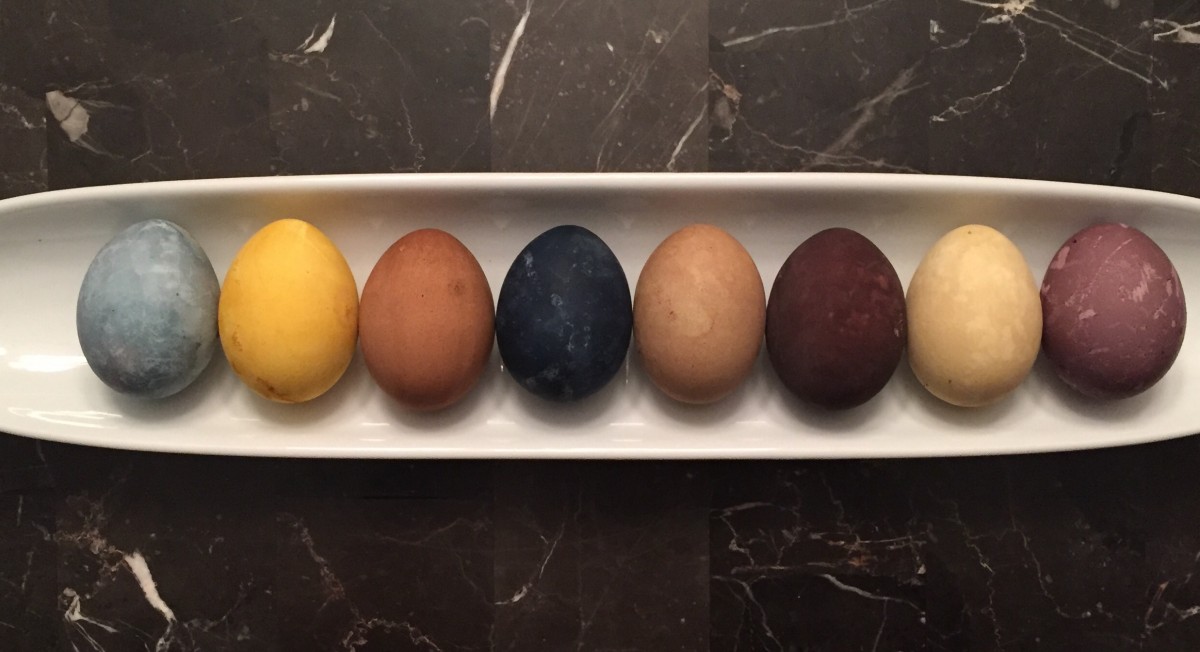I love decorating Easter eggs! Maybe it is my Ukrainian heritage, but every year I am itching to decorate eggs and be creative with it. I have tried many different methods including the traditional Ukrainian way of wax and colored dyes. It was a lot of work, but the finished product was beautiful.
After doing a bit a research I found that most dyes are filled with harmful chemicals including, tar, coal and petroleum-based products. I am not in love with the idea of putting my hands into these products never mind letting children use them. This year I wanted to try something a little different and skip the expensive chemical-filled dyes.
Here is a description of my journey through decorating Easter eggs naturally with products that are found in your kitchen on a daily basis:
This project started with a bit of research and was followed by some trial and error. Here are the basics of my findings, any food or beverage product can be used as long as it contains a large amount of natural color.
- I started with hard boiling my eggs ahead of time and setting them aside.
- I prepared all my dyes. This procedure was pretty simple. I placed water in a small pot, added in my coloring agent, brought it to a simmer for five minutes and set it aside to steep for one hour.
- I placed 2 tablespoons of vinegar into the liquid.
- I place the liquid back on the heat and added my eggs.
- I brought the liquid back up to a simmer for 5 minutes an then set the pot aside for another hour to allow the dyeing process to happen.
- I took the dyed eggs out of the liquid and let them dry on a clean paper towel.
- Once dry, the eggs are easy to handle. I put them on a white platter for display.
Below is the liquid to food product ratio:
2 cups water: 3 cups red cabbage, shredded
2 cups water: 4 tablespoons turmeric
2 cups water: 5 tablespoons coffee grounds
2 cups water: 1 cup frozen blueberries
2 cups water: 2 small red beets, chopped into 1” cubes
2 cups water: ½ cup loose black tea leaves
2 cups water: ½ cup loose green tea leaves
2 cups cranberry juice: ½ cup tea leaves containing hibiscus flowers
Note:
– Three food items I did not have success with are: spinach, paprika and cayenne pepper
– A light layer of vegetable oil can be rubbed on the eggs to create a shiny surface
I had a blast working on this project. It was extremely easy, cost effective, the aromas were amazing and most importantly I did not use chemicals. Overall I feel this was a great victory in the world of dyeing Easter eggs.
Photo description from left to right: red cabbage, turmeric, coffee, blueberries, beets, black tea leaves, green tea leaves, hibiscus tea leaves.
***
Melissa Hryb is the chef at Marion Street Eatery, where she specializes in hearty comfort food with a twist.
Follow her on Twitter @MarionStreetEat or Instagram @MarionStreetEatery
